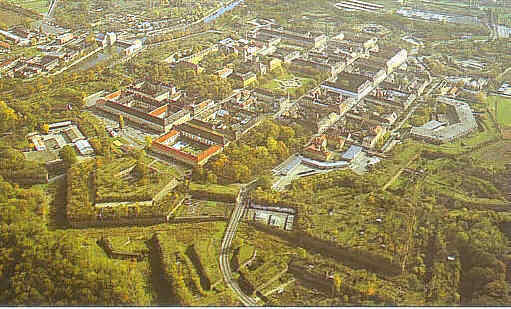|
|||
|
|||
|
|
|||||||||
|
|||||||||
|
auschwitz concentration camp picture ,auschwitz camp concentration holocaust , auschwitz birkenau camp concentration ,auschwitz camp concentration information ,
, auschwitz camp concentration history ,auschwitz camp concentration photo, auschwitz camp concentration died each many ,
, auschwitz camp concentration map ,auschwitz concentration camp picture , auschwitz birkenau picture ,
,auschwitz gate picture , auschwitz chamber gas picture,theresienstadt, ghetto theresienstadt ,camp concentration theresienstadt
 |
|
|
|
|
|
|
||||||
 |
Chancellor Hitler gave Jews their own town |
|
 |
Town specially constructed for Jews |
|
|
Who was shipped here
|
The town was for Jewish artisans , the wealthy and their families. There were artists, writers, scientists and jurists, diplomats, musicians. |
|||||
 |
|
|||||
Ferdinand Bloch were painters whoPavel Haas, Gideon Klein, Hans Krása and Viktor Ullmann were prized pupils and assistants of musical luminaries Leos Janacek and Arnold Schoenberg. |
 |
|||||
|
||||||||
|
||||||||
|
|||||||||||||
|
|
||||||||||||
 |
|
||||||||||
|
|||||||||||
|
Opera
|
|||||||||
|
||||||||||||||||||||||||
|
Plays
|
Though they were unstaged, his choruses also performed operas, particularly favoring two | |||||||
|
|
|||||||
|
Children
|
Theresienstadt was a magical place for the children because of the concentration of wealthy and artistic families. | ||||
|
Child's opera
|
||||
The town was an 18th century treasure built around parks. |
 |
||||
Hans Krasa’s Brundibar, a children’s opera of good versus evil written in Czech, tells the tale of two children on a mission to buy milk for their sick mother. As they sing to raise money for the milk, their earnings are stolen by the evil old organ-grinder, Brundibar, who was displeased by the competition.With the help of a Sparrow, a Cat, and a Dog-also played by children-the brother and sister are able to outwit Brundibar, reclaim their money, and finally bring milk home to their mother. |
|||||
|
|||||
The town itself
 |
 |
 |
 |
 |
 |
 |
 |
 |






























No comments:
Post a Comment